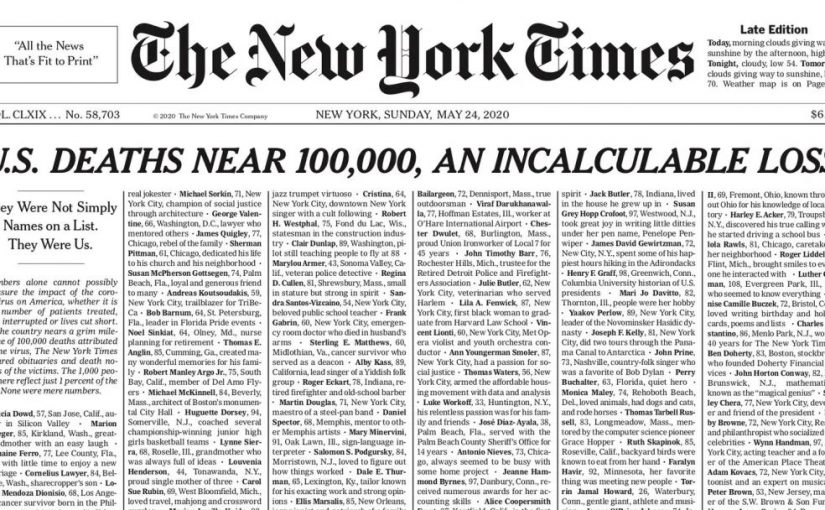大学申请是一个关键的时期,学生需要向大学展示自己的社会责任感和独立思考能力。如果你是一个善于思考、勤于内省的人,并正在寻找将自己能力转化成、大学申请竞争力的机会,那么可以考虑参加《纽约时报》一年一度的“夏季读写比赛”。
申请要求
美国、加拿大或英国地区参赛的学生:年龄须在11-19岁;
其他地区的参赛学生:年龄须在16-19岁。
纽约时报内部工作人员的直系亲属禁止参赛。
每个学生每周仅限线上提交一份答案。
奖项和证书
比赛总共10周,每周都有得奖机会
奖项分为winner (每周1位),runner-up和honorable mentions(每周若干位)
每周赢得竞赛的学生作品和姓名将被发表在纽约时报官网上
纽约时报夏季读写比赛和John Locke议论文竞赛有什么区别?
John Locke写作竞赛和NYT夏季读写比赛都是为了激励学生学习和提高他们的写作能力。
1.参与的领域和题目的不同。
John Locke写作竞赛涉及到7个人文社科领域,学生需要从21个题目中选择一个提交一篇2000词的议论文。这些题目涵盖了经济学、政治、历史、哲学、社会学、心理学、神学领域,使得参赛者可以在不同领域展现他们的才能和见解。
纽约时报夏季读写比赛则要求在纽约时报上2023年发布的任意主题下的任意一个articles, Op-Eds, videos, graphics, photos and podcasts发表自己的看法。这个比赛的话题更加具体和实际,涉及到一些当前的社会话题,例如环境保护、教育、政治和社会公正等,让参赛者可以在这些重要问题上展示他们的思考和见解。
2.比赛的形式和时间
NYT夏季读写比赛更加具体和短期,每周都有机会提交一篇不超过1500字母的短文,连续10周都有机会参加竞赛。
John Locke写作竞赛一年一度,而且参赛者需要在规定的时间内提交他们的作品。
John Locke写作竞赛和NYT夏季读写比赛都是非常有价值的比赛,可以帮助学生提高他们的写作能力和批判性思维能力。虽然这两个比赛之间存在一些区别,但是它们都可以为学生提供一个展示自己才华和思考的平台,同时为他们的未来学术和职业生涯打下坚实的基础。
扫码免费领取往届优秀获奖作品
咨询参赛注意事项+预约试听体验课
预约最新真题讲座、课程详情可添加下方顾问老师咨询





